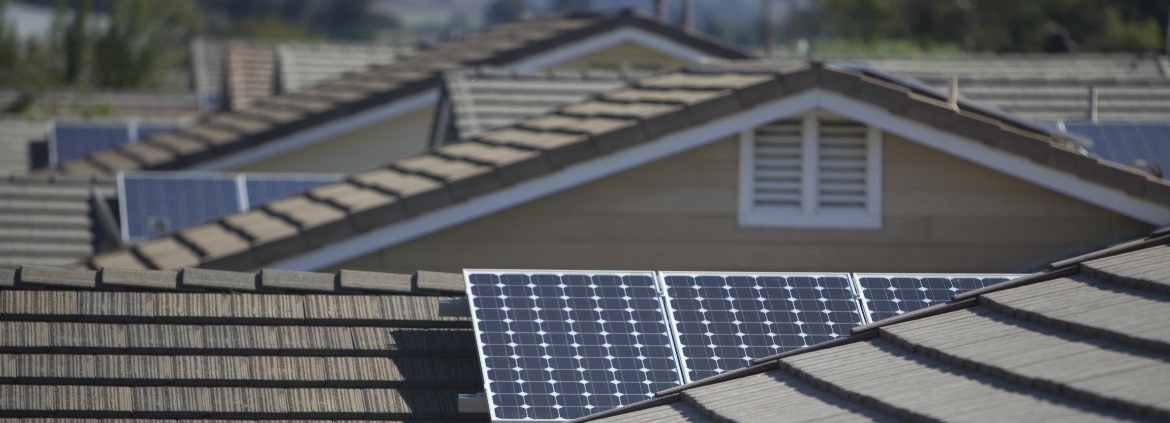Residential Battery Storage Systems: How Smart Homes Are Powering the Future of Energy Independence
As power grids across the United States face growing stress from extreme weather, aging infrastructure, and rising electricity demand, homeowners are increasingly looking for ways to take control of their energy use. Residential battery storage systems have emerged as a key technology driving this shift — enabling homes to store excess solar energy, reduce dependence on the grid, and maintain power during outages.
- What Is Residential Battery Storage?
A residential battery storage system stores electricity generated by solar panels or drawn from the grid during off-peak hours for later use. These systems typically include:
- Battery modules (commonly lithium-ion)
- Battery management systems (BMS) to optimize performance and safety
- Inverters to convert DC to AC power for home appliances
- Energy management software that tracks consumption and savings
By pairing batteries with solar systems, homeowners can effectively turn their homes into mini power stations — consuming clean energy when the sun isn’t shining and minimizing utility bills through intelligent load shifting.
- Why Residential Battery Storage Is Becoming Essential
- Grid Resilience and Power Reliability
In regions like California, Texas, and Florida, weather-related blackouts and grid instability are becoming more frequent. A properly sized home storage system can provide several hours to days of backup power, keeping critical loads — lighting, refrigerators, medical devices — running seamlessly.
- Energy Independence
Homeowners are no longer satisfied with being passive energy consumers. With residential storage, they can store self-generated energy and use it strategically, reducing reliance on utilities and volatile energy markets.
- Supporting Renewable Energy Growth
Storage helps smooth out the intermittent nature of solar and wind generation. As utilities push for more renewable integration, residential battery users contribute to stabilizing the grid by absorbing or supplying power when needed.
- Battery Technologies in Residential Systems
While several chemistries exist, lithium-ion batteries dominate the residential market due to their high energy density, long life cycle, and compact design. Compared with older lead-acid systems, lithium solutions offer deeper discharge capabilities and faster charging — essential for modern smart home energy management.
However, the right solution depends on each home’s load profile, climate, and installation conditions. A well-designed battery system balances capacity, safety, and compatibility with existing energy infrastructure.
For homeowners and installers exploring advanced lithium options, you can learn more about residential battery solutions tailored to various home energy demands and backup needs.
- The Role of Smart Management and Monitoring
Modern storage systems are not just batteries — they are intelligent energy hubs. Integrated BMS and IoT connectivity allow:
- Real-time tracking of energy flow
- Automated charge/discharge optimization
- Remote monitoring and diagnostics for predictive maintenance
These features help extend system lifespan while providing valuable data insights to installers and utilities, enabling better grid coordination and warranty protection.
- Challenges and Key Considerations
Before investing in a residential storage solution, homeowners and integrators should evaluate:
- System capacity: Match storage size to consumption and backup needs
- Battery lifespan: Consider charge cycles and degradation rate
- Safety certifications: Look for UL 9540 or equivalent safety standards
- Installation location: Indoor vs. outdoor placement and cooling requirements
- Integration: Ensure compatibility with existing solar PV or smart home systems
Even though upfront costs may appear high, long-term savings from peak shaving, incentive programs, and avoided outages often justify the investment.
- Emerging Trends in the U.S. Residential Market
The U.S. Energy Information Administration (EIA) reports rapid adoption in states offering time-of-use (TOU) pricing and incentive programs. Meanwhile, utilities are piloting virtual power plant (VPP) programs — aggregating thousands of home batteries to balance the grid in real time.
This convergence of distributed storage and digital control is transforming how energy is produced, stored, and consumed in American homes.
For a detailed overview of how policy and regional incentives are shaping adoption, see Mapping the U.S. Residential Energy Storage Landscape: Regional Opportunities and Regulatory Frameworks.
- Looking Ahead
As technology advances, the residential battery market will continue to evolve toward higher efficiency, safer chemistries, and more flexible integration with electric vehicles and home automation. For system integrators and developers, understanding key performance metrics — from round-trip efficiency to degradation rates — is crucial.
To explore these metrics in depth, check out Key Metrics for Choosing a Residential Battery Storage System for Commercial Projects.
Conclusion
Residential battery storage is no longer a luxury for eco-conscious homeowners — it’s a cornerstone of modern energy independence and resilience. With smarter control systems, scalable lithium solutions, and expanding policy support, residential energy storage is set to redefine how households interact with the grid.
Those ready to explore advanced storage options can learn more about comprehensive residential battery solutions designed for reliability, safety, and long-term performance.


